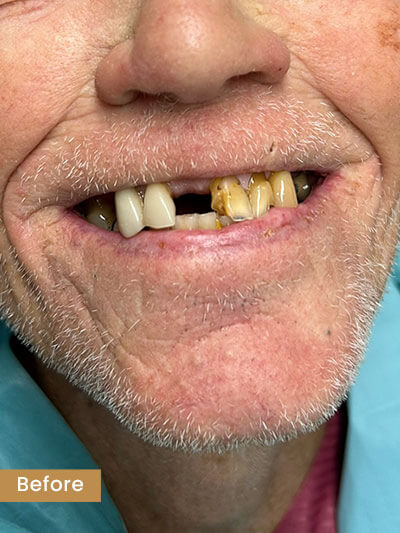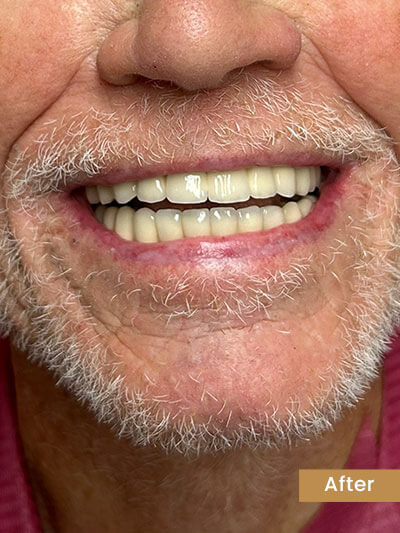
Painless Oral Surgery
Advanced surgical procedures with expert care and minimal discomfort
Advanced Oral Surgery Services
Thanks to our modern oral surgery offices and equipment, the oral surgeons and dentists of Medicare Dental Clinic can guarantee completely painless and professional interventions.
Oral surgery includes simple tooth extraction, oral surgical tooth removal, dental implants, bone grafting and sinus lift. At our clinic, we offer our patients the full range of listed oral surgery procedures.
Our highly qualified and experienced oral surgeons always make sure that the intervention is painless and minimize the chance of possible complications. Among other things, strict sterilization and hygiene rules apply at our dental clinic.
Safe Procedures
Advanced techniques and strict protocols ensure your safety during all oral surgery procedures.
Painless Experience
Modern anesthesia techniques and gentle approaches ensure minimal discomfort during and after surgery.
Expert Surgeons
Highly trained specialists with extensive experience in complex oral surgical procedures.
Our Oral Surgery Procedures
Tooth Extraction
Untreated tooth decay and disease of the tissues surrounding the tooth (gums, alveolar bone, dental cementum and periodontium) often lead to the necessary removal of the tooth. Once the dentist is satisfied that the damaged tooth cannot be treated with tooth-retaining treatment, the tooth must be removed.
Reasons for tooth extraction can be:
- Extensive dental caries and resulting inflammation
- Damage to tooth-supporting tissues
- Tooth injury due to trauma
- Positional abnormalities of teeth
- For orthodontic purposes
- Impacted or painful wisdom teeth
- Fractured tooth root
Tooth extraction is generally performed under local anesthesia, ensuring a comfortable and pain-free experience.
Before & After


Tooth Extraction & Implant Placement
Extraction of damaged teeth followed by implant placement and restoration
Understanding the Risks
All medical interventions involve health risks. Our highly qualified and experienced oral surgeons always make sure that the intervention is painless and minimize the chance of possible complications.
Potential Risks of Oral Surgery
Among other things, strict sterilization and hygiene rules apply at our dental clinic. Nevertheless, not all risks can be ruled out.
If your pain does not go away (even while taking painkillers), if your face swells too much or if the symptoms do not go away after 5-7 days, they might be signs of more serious complications.
Risks of local anesthesia
- Allergic reactions
Very rare
- Local hematoma
Disappears in 1-2 weeks
- Nerve damage
Rare but lockjaw may occur, which might be accompanied by sensitivity of the temporomandibular joint for a few months. The nerve can regenerate itself during this period
- Limited ability to open the mouth
For 1-2 days
- Temporary facial paralysis
Affects facial muscles, which goes away within 2-3 hours
- Temporary dullness, feeling of weakness
This is only a short list of all the information. Please contact our clinic for further details.
Ready to Schedule Your Oral Surgery Consultation?
Our expert team is ready to provide you with painless, professional oral surgery services tailored to your needs.